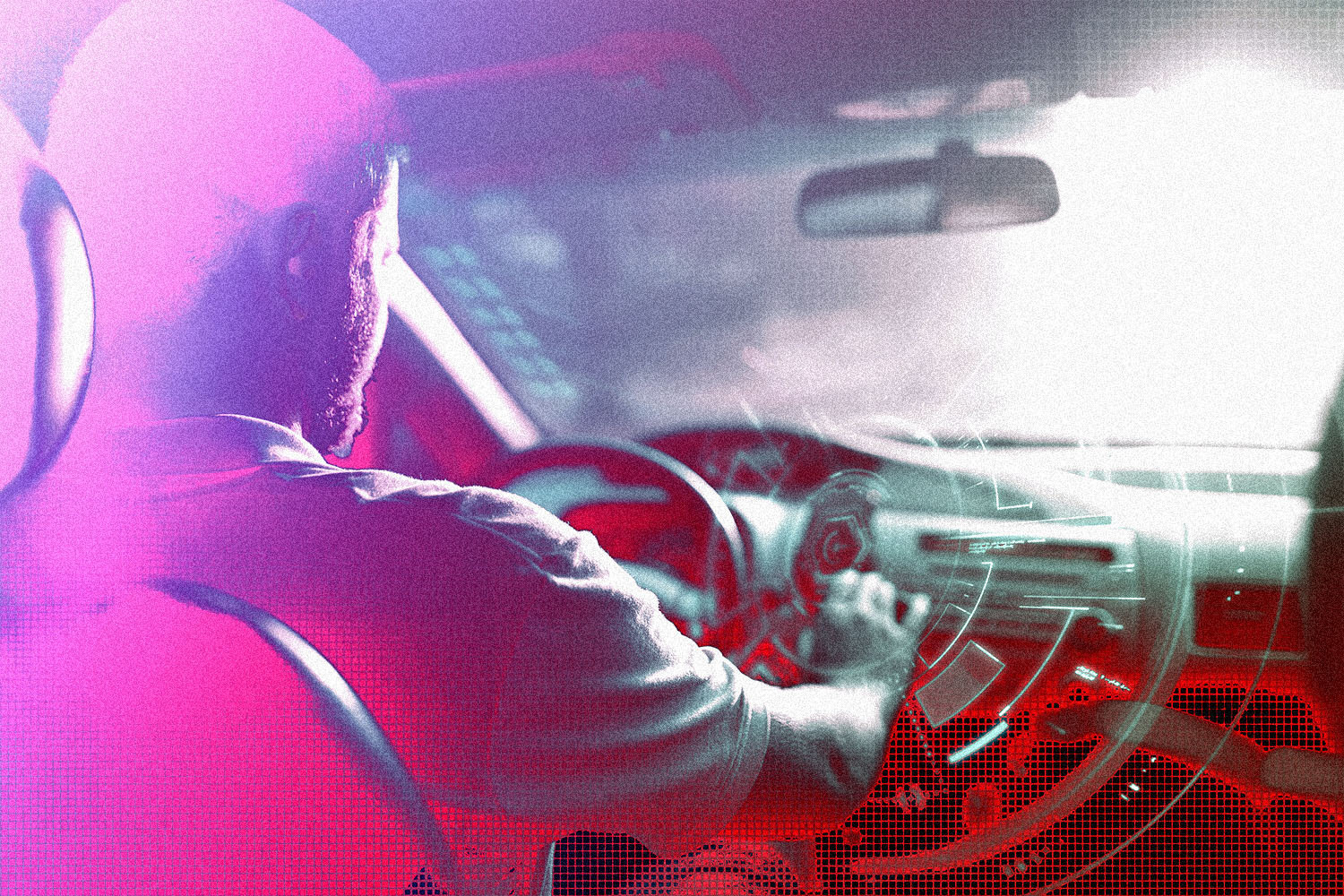Some people argue that being first is best when developing new technology (hello Mark Zuckerberg), others argue that being best is best (think Vine vs. TikTok). In the realm of driverless cars, that debate is playing out before our eyes.
Which leads to the question, where are all the driverless cars we were promised? It’s 2021; weren’t we supposed to have access to autonomous vehicles by now? After all, back in 2019, Elon Musk promised that “next year for sure” the company would have “over a million robotaxis on the road.” Today, the first week of the year after that, how many Tesla robotaxis do we have? Zero.
What gives? The Guardian is kicking off the year with an overview of the driverless future we’ve been promised for years, and why it hasn’t exactly come to fruition. But there is one caveat to their premise that all autonomous vehicles are “peak hype”: Waymo, the self-driving car company that’s a subsidiary of Google’s parent company Alphabet, has been offering fully autonomous ride-hailing service in the Phoenix area since October of 2020. Simply download the app and the Waymo Driver will take you where you need to go.
Yes, Google beat Elon Musk to the robotaxi starting line. But this is a rivalry that has been brewing for a long time, and there’s a clear reason Waymo got there before Tesla.
As The Guardian writes, for the Alphabet company’s cars, “range remains limited to the sunny suburbs of Phoenix, Arizona, whose every centimetre has been mapped by Waymo computers.” In short, the Waymo Driver relies on comprehensive, impossibly detailed maps that their autonomous technology uses to navigate. Elon Musk has admitted on Twitter that Tesla worked off of that framework for a while too, but they’ve gone in a new direction to solve the problem of driverless cars.
In October, when Waymo launched its robotaxi service, Musk tweeted that “reality is just too messy & weird” to rely on mapping, and that Tesla’s tech “is capable of driving in locations we never seen even once.” That technology, which they call Full Self-Driving (or FSD), has been released in beta form and seems promising, but even that is not fully autonomous (nomenclature they’ve had trouble with for a long time). And Tesla robotaxis still seem a long ways off.
Two different takes on driverless cars, neither meeting the threshold of truly autonomous driving, at least not yet.
Thanks for reading InsideHook. Sign up for our daily newsletter and be in the know.

















